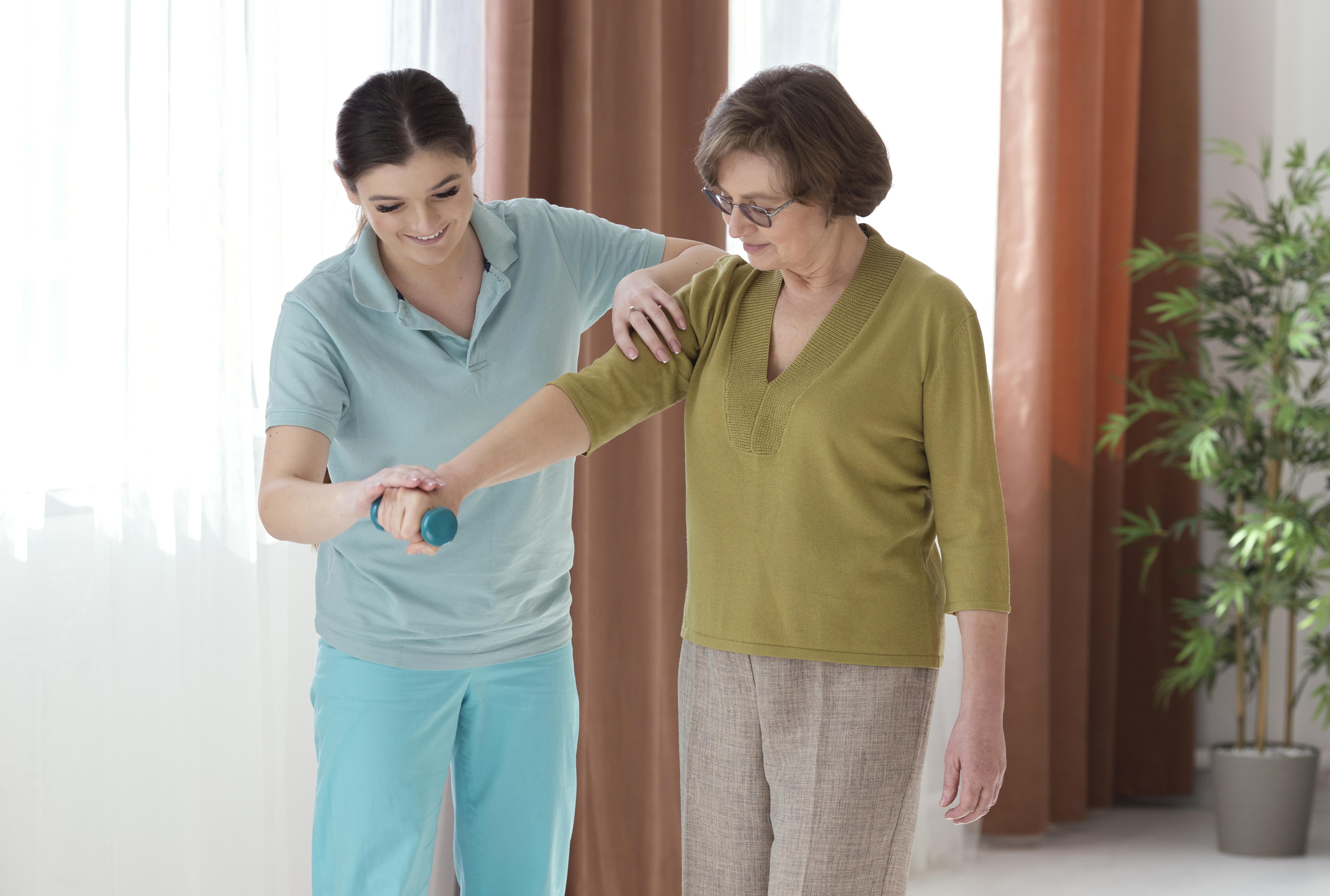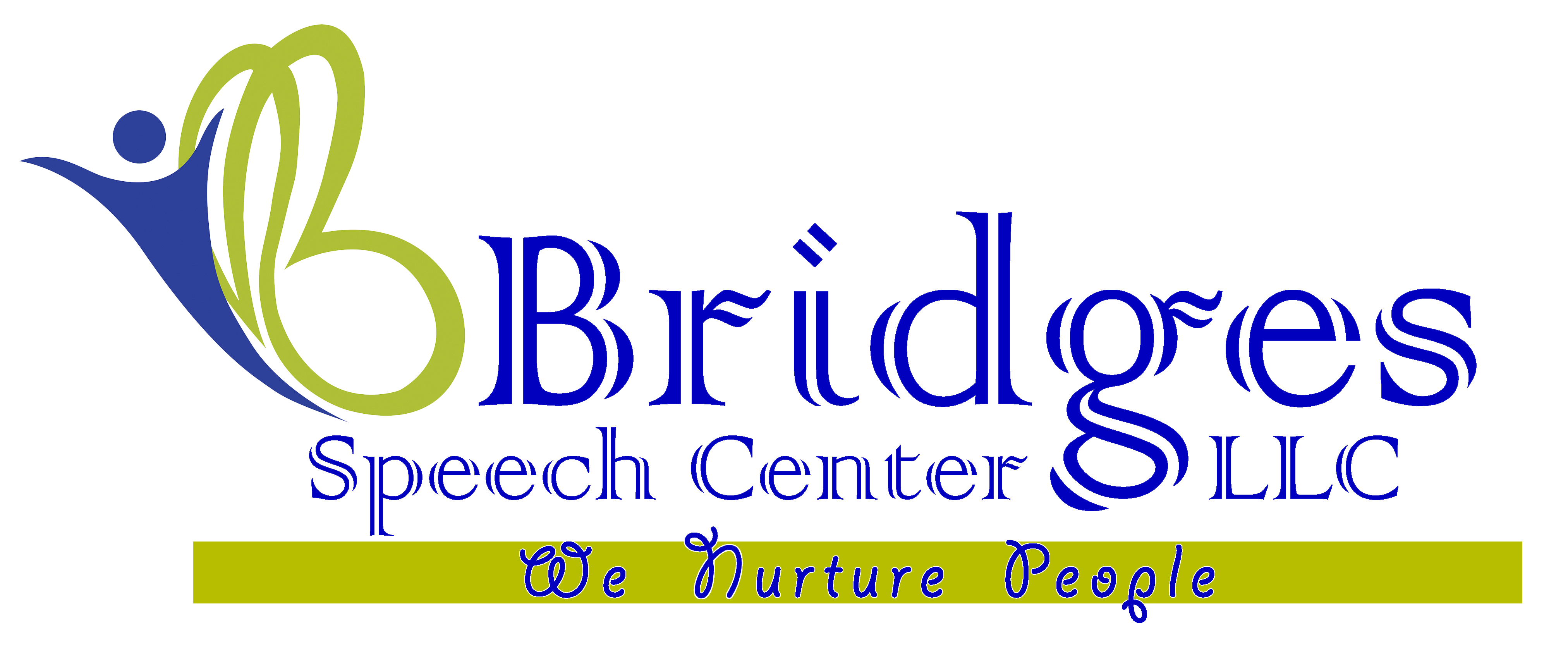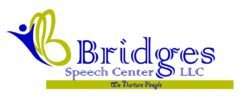
Parkinson’s and physical therapy are inseparable allies when it comes to slowing tremor, stiffness and balance loss. At Bridges Speech Center in Dubai, our multidisciplinary team sees first-hand how targeted movement programs boost confidence and independence for people living with Parkinson’s disease.
Many families discover our clinic while reading about Speech therapy Dubai and are surprised to learn that physiotherapists, occupational therapists and speech-language pathologists collaborate on one treatment plan.
The clinic’s dedicated Physiotherapy Services start with a thorough gait and posture analysis. Research shows that early physical therapy for Parkinson’s can reduce fall risk by up to 25 percent.
After the initial assessment, our neurological physiotherapy team creates task-specific exercises. This is reinforced by separate sessions that cover rehabilitation services such as balance training. Parents or spouses who also attend occupational therapy workshops learn safe transfer techniques that keep daily routines smooth.
Table of Contents
ToggleWhy Parkinson’s and Physical Therapy Go Hand in Hand
The motor symptoms of Parkinson’s stem from dopamine loss in the basal ganglia, a brain region that fine-tunes movement. Recent research shows that combining medication with physical therapy for Parkinson’s disease delays functional decline by an average of 18 months. The take-home message is clear: medication treats chemistry, while exercise retrains the nervous system.
What Happens When You Start Parkinson’s Therapy Early?
- Slower gait deterioration (average speed drops only 0.04 m/s per year instead of 0.09 m/s).
- Improved postural reactions that cut fall frequency by one-third.
- Brighter mood through boosted endorphins and social engagement.
The Role of Physical Therapy in Parkinson’s Disease
A well-designed program addresses strength, flexibility, cardiovascular capacity, and dual-task walking. That full spectrum reflects the role of physical therapy in Parkinson’s disease beyond simply stretching tight muscles.
Core Goal | Sample Technique | Typical Frequency |
Strength | Resistance bands for hip and ankle | 3 × week |
Balance | Tandem stance on foam | Daily |
Endurance | Nordic walking | 4 × week |
Dual Task | Metronome walking while counting | 2 × week |
Good programs also integrate physical therapy exercises for Parkinson’s disease that mimic daily tasks like getting out of a chair, reaching for cupboards or turning in small spaces.
Evidence-Backed Physical Therapy Exercises for Parkinson’s Disease
Below are five staples our clinicians teach during the first month of physical therapy for Parkinson’s patients:
- Big-step walking: exaggerates arm swing and stride length to counter shuffling.
- Sit-to-stand repetitions with a weighted vest for leg strength.
- Heel-to-toe tandem walking on a taped line to sharpen dynamic balance.
- Step-up drills on a low platform, progressing to alternating knee lifts.
- Box turns: practice quarter-turn pivots to reduce freezing episodes.
Patients perform each circuit for 30 minutes, three times a week, then record results in a home journal. This quantifies progress and sustains motivation.
How We Layer parkinson’s speech therapy With Movement Training
Motor and speech symptoms share neural pathways, so the best outcomes come from concurrent intervention. During cooldown periods, our SLPs lead voice-amplifying drills such as sustained “Ah” phonation and pitch glides. Integrating speech therapy for Parkinson’s patients while the body is already primed by exercise improves carry-over to real conversations.
Home Programs That Extend Clinic Gains
Once clients master foundational techniques, therapists design customized home plans. Each plan blends cardiovascular sessions, strength sets, and at least two physical therapy exercises for Parkinson’s disease targeting individual trouble spots. Families video-record practice, and therapists review clips weekly via telehealth.
Key home equipment:
- Resistance loops of varying tension
- A stable chair with arms
- 10-cm foam balance pad
- Lightweight Nordic walking poles
Performance is tracked with the 10-Meter Walk Test and the Mini-BESTest every six weeks.
Complementary Strategies Inside Our Dubai Clinic
- Visual cueing: floor stripes and laser canes to overcome freezing.
- Auditory cueing: metronomes and upbeat music to enhance rhythm.
- Cognitive-motor games: ball toss while naming categories.
- Dual speech-motor challenges: reading tongue twisters during box turns, reinforcing both Parkinson’s therapy and speech goals.
How Bridges Speech Center Delivers Integrated parkinson’s and physical therapy Care
- Multidisciplinary intake: neurologist report, physiotherapy baseline, voice and swallow screening.
- Goal setting: measurable targets such as “walk 500 meters unassisted” or “speak loud enough to order coffee.”
- Alternating schedules: two days of intensive physical therapy for Parkinson’s followed by one day of voice and cognition focus.
- Quarterly re-evaluation with wearable sensors to document step count and sound-level gains.
Book Your Consultation
Living with Parkinson’s in Dubai does not mean resigning yourself to a shrinking world. The right blend of Parkinson’s and physical therapy plus focused speech intervention keeps you moving, talking, and enjoying life. Schedule a comprehensive assessment today at Bridges Speech Center.
Frequently Asked Questions
What makes Parkinson's and physical therapy so effective together?
Medication controls symptoms, while exercise rewires movement pathways to retain function.
How soon should therapy begin after diagnosis?
The first six months show the biggest neuroplastic gains, so earlier is better.
Can I do all the exercises at home?
Home work is vital, but periodic professional sessions fine-tune form and update goals.
Does physical therapy replace medication?
No, it complements your neurologist’s plan for a multi-layered approach.
Is Parkinson's therapy safe for older adults with heart issues?
Yes, programs are customized and cleared by your physician before starting.


